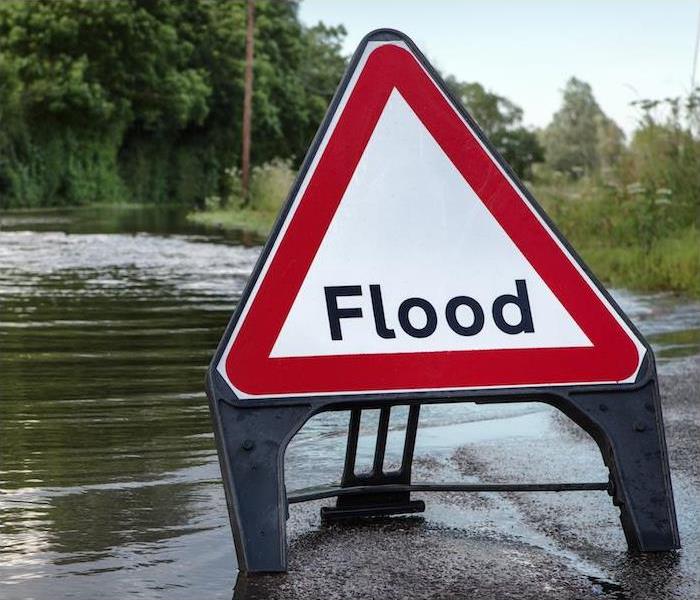3 Types of Flooding & the 4 Reasons They Occur | SERVPRO® of Hayward
4/5/2022 (Permalink)
 Regardless of the cause of the flooding, SERVPRO of Hayward has the team to help you recover from any disastrous event.
Regardless of the cause of the flooding, SERVPRO of Hayward has the team to help you recover from any disastrous event.
Natural disasters are all dangerous, but typically, it will be tornadoes, hurricanes or lightning strikes that come to mind. However, flooding is actually the most common type of natural disaster, and it claims more lives in the United States annually than any other type of disaster, while leaving large amounts of destruction in its wake.
Anywhere throughout America can experience flooding and the destruction it brings, but there are similarities in the types of floods and the origins of them. There are three types of flooding that are the most common, which occur for four typical reasons.
Flash floods can happen any time heavy rain lingers over an area and overwhelms its ability to drain the water away. This excess water runoff can cause floodwaters to swell quickly, often with currents fast enough to carry away debris, cars or people in its pathway.
River floods, as the name implies, occur along rivers that have grown overfilled. When the river water rises above the height of the banks, floods can occur in nearby areas and cause damage.
Coastal floods are similar to river floods, but occur near large bodies of water such as gulfs and oceans. Similar to river floods, they occur when the water rises beyond the capacity of the shores.
Heavy rainfall. Storms with excessive rainfall, or storms that sit and rest over an area for an extended period, can cause flash floods or river flooding. Urban areas are more at risk for rain floods, because the higher percentage of concrete and asphalt means there’s a lack of soil to soak up all that water.
Oceanic activity. When there is a heavy amount of rainfall over the ocean, such as what is associated with hurricanes or storm surges, water levels can rise into surrounding areas in the form of a coastal flood.
Dams and levees failing. In 2005, part of the devastation associated with Hurricane Katrina was due to the failure of the levees. When levees and dams can no longer contain the water behind them, they can break and cause serious destruction.
Snowmelts and ice dams. When an area receives rain and ice throughout the winter, this frozen moisture can pile up and melt rapidly once warmer temperatures arise. This can also lead to river floods due to ice dams or ice jams blocking the water’s flow downstream.
Regardless of the cause of the flooding, SERVPRO has the tools and teams to help your home or business recover from its disastrous effects. Contact us anytime when flooding or water damage makes a mess in your life.





 24/7 Emergency Service
24/7 Emergency Service